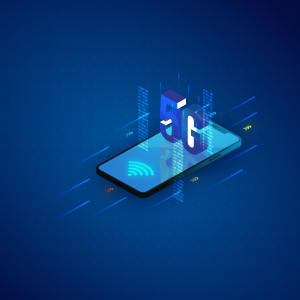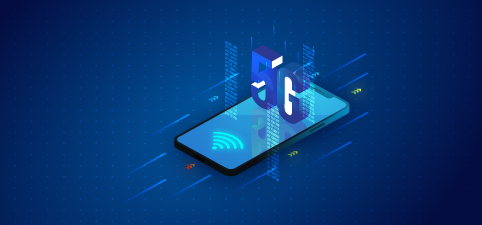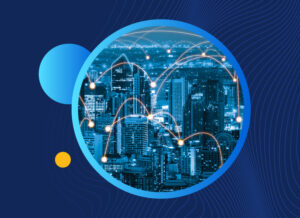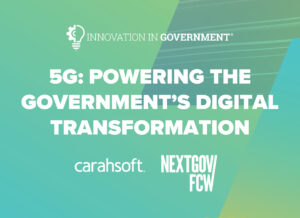5G technology is the fifth generation of technology standards for broadband cellular networks. For government agencies, this evolution brings a revolutionary punch to the delivery of services and mission execution.
For starters, 5G has ultra-low latency and high data speed, fueling a whole new Internet of Things (IoT) capability and transforming how mission communication is done. It is 10 to 20 times the speed of 4G and capable of supporting up to 1 million devices per square kilometer. It will account for increased density in cities and help bridge the digital divide in rural regions.
It will also deliver high-speed broadband access to a wider audience. This will support residential and commercial users where fiber cable has not been laid and reduces deployment and maintenance costs. Multi-access edge computing (MEC) will bring resources closer to the end-user, reduce latency, and deliver critical information to the tip of the spear.
There is a world of opportunity in 5G for the government user. However, many agencies are still working out how to best tap into it. Others are still looking at the challenges they will experience in adopting 5G. This blog will explore some of the ways that government agencies will be able to tap into 5G and improve their ability to deliver on the mission.
 Expanding the sphere of influence
Expanding the sphere of influence
5G will have a general impact on global communications, but for government agencies it offers the potential to do more mission-critical work untethered from a physical location. Public health operations will have access to full systems, even in remote areas. The military will have the first “smart base.” Emergency services will have more and better data before entering a potentially dangerous environment. Think of it this way: 5G puts the human at the center of the mission.
Government services—especially those in the field—will be far more responsive to customer needs. Instead of residents having to come to a central location to complete a task, government agencies will have the option of bringing the service directly to residents without impacting the quality of service. Communities themselves will become better connected.
The hitch to all this goodness, however, is that government infrastructure must be prepared to respond to the democratization of data and a society where fast wireless internet is available in every region, not just urban areas.
Kickstarting MEC
Arguably, the biggest impact 5G will have is multi-access edge computing (MEC). By computing at the edge, users are physically closer to where computing happens. This reduced latency means a faster and more reliable environment. Government agencies will be able to extend their reach outside of physical locations and bring services to citizens, no matter where they are.
With MEC, applications are faster and more reliable—without improving or altering the actual system. It brings the data center to the end user. For government agencies, it’s an opportunity to dive into some of the most advanced technologies. Previously, this may not have been possible because of inefficient and unreliable networks.
This means the potential use of technology like deep learning, augmented reality (AR), and virtual reality (VR) in low-bandwidth environments. Military training can happen in field. Deep learning will enable agencies to harness the power of AI/ML in new ways. For example, enhanced translation capabilities will enable government agencies to reach all citizens. Or, using 5G AI capabilities to perform rapid colorization of panchromatic imagery to increase the value of analysis. 5G can even deliver a deep-learning computer that refines its own ability to recognize an object. The possibilities and ramifications of deep learning aren’t even fully understood yet.
AR and VR create a powerful learning environment without the requirement—or risk—of being somewhere. Combined with 5G, it means AR/VR can happen anywhere. Dangerous missions like space exploration can be replicated in any room, enhancing training opportunities without increasing the danger. AR and VR can also be extended to military or emergency management functions.
The potential to leverage AR and VR to interact with citizens is also significant. From storytelling and public information campaigns to social service and telehealth, virtual worlds may change how agencies interact with citizens moving forward.
The future is…when?
The national rollout of 5G is ongoing—and will be for a few years still. As of early 2021, approximately 80% of the United States had coverage, with the remaining 20% anticipated by the middle of the decade. The transition will be seamless to the end user, although full adoption will take a bit longer since most older devices do not support the technology.
Government agencies will likely move slower with implementation. It will be an accelerant, but agencies should start preparing today. It’s clear the technology will be a gamechanger for agencies and how they fulfill their mission.
Do you want to know how 5G can help your agency? Contact 5G@carahsoft.com or call (703) 871-8626.







